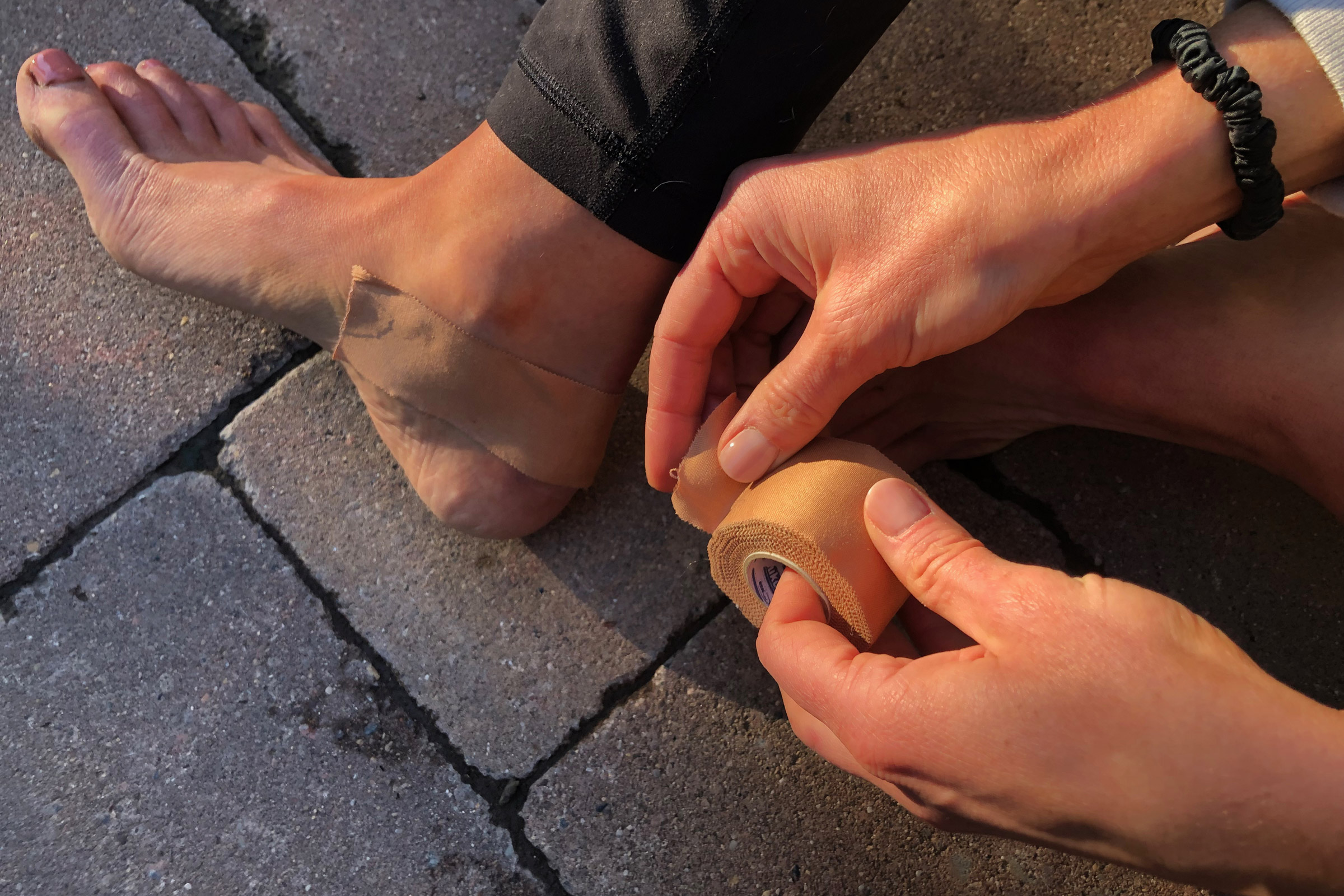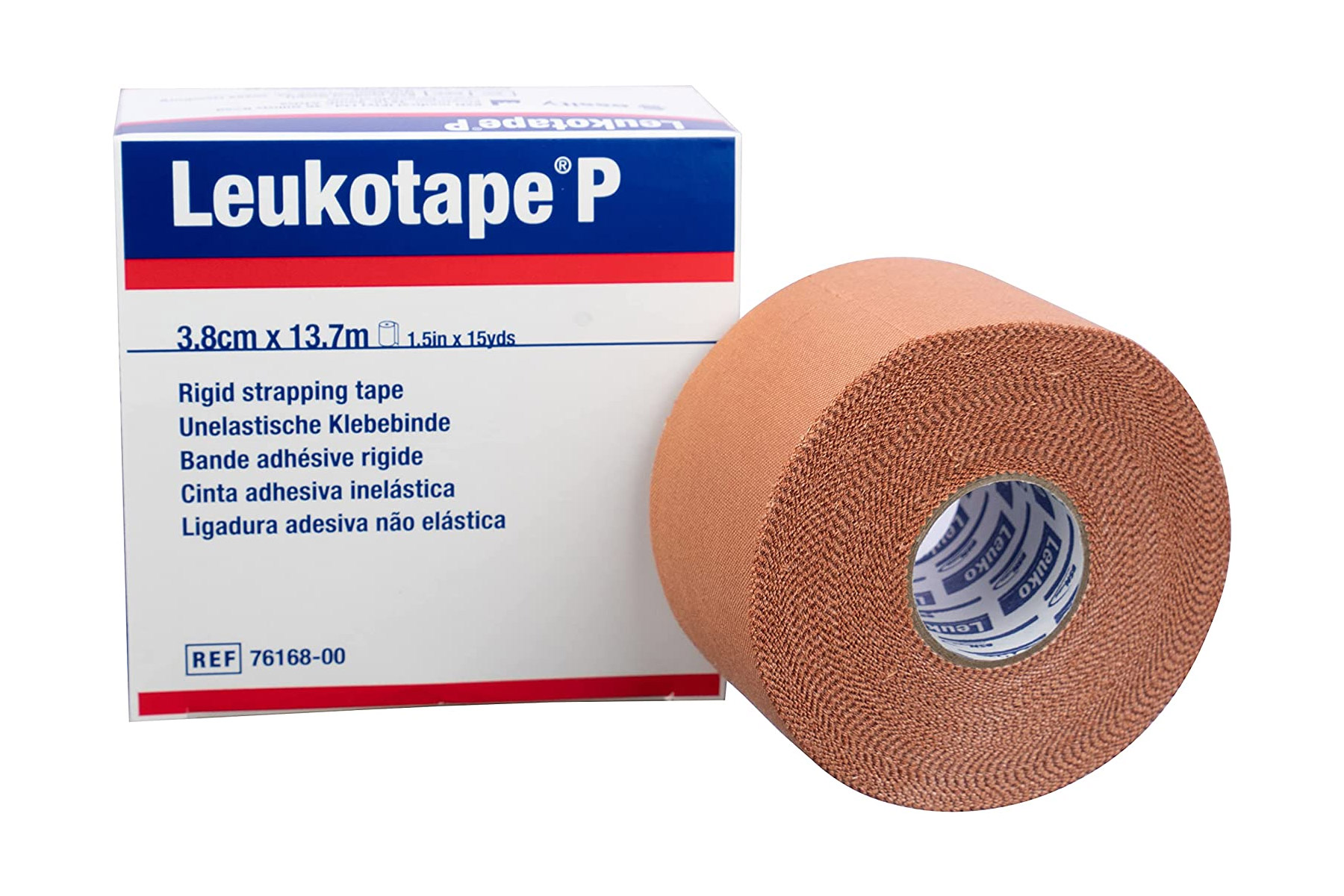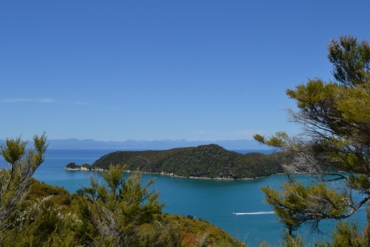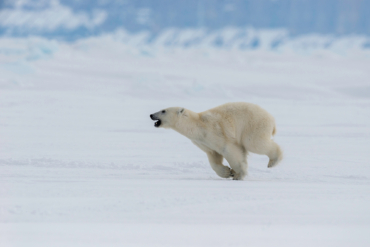It was 4 a.m. and freezing. My breath clouded my headlight beam as I heaved my pack onto my shoulders. I shined the light over to my two ski partners, Rachel and Quinn. They were on the ground furiously taping their feet. Quinn had a few suspect friction blister spots covered; Rachel had layered on what looked like low-cut tape socks. We were in for a long day in ski-touring boots ready to encounter the full spectrum of spring weather.
Despite all the walking, transitioning, sweating, touring, and rubbing, there wasn’t a friction blister in sight all day. Another adventure saved by Leukotape, a sports tape that isn’t even advertised for blister prevention. But it’s one that is wonderfully superior to the solutions you and I were brought up on.
“I don’t wear boots — of any kind — without it,” said Rachel.
In short: Moleskin is dead. Don’t be sad about it because it never really worked that well anyway. Leukotape is the miracle prevention for friction blisters that everyone should be talking about. It stays firmly attached under your sock, works while wet, and, most importantly, each roll is under $10. And on top of all that, it’s also useful for splinting injuries, and other first-aid applications.
Leukotape for the Outdoors: Review
When I was learning to backpack 20 years ago, I thought duct tape was a blister-prevention miracle. I had a supply wrapped around every fuel canister, trekking pole, and water bottle in my arsenal, ready to stick it at the first sign of a hotspot. I didn’t mind replacing it every few hours when it inevitably slipped off my sweaty heels.
Then I learned about moleskin, the adhesive blister prevention that you’re supposed to think is effective. Hot take: It’s not. It never was. It never will be. Sure, it might be better than duct tape. But I’ve never made it through an entire activity without it slipping off and bunching up in my sock.
Leukotape

My wise old ski partner brought the gift of Leukotape into my life 6 years ago. “It’s what all the skimo racers swear by,” he would say. One arduous ski tour later, I was hooked. I searched every pharmacy and grocery store within a 30-mile radius before giving up and ordering four rolls from Amazon.
Leukotape is everything that moleskin is not. It’s breathable, tearable, and continues sticking when it gets wet. That means it stays on while you’re sweating through your socks when you’d otherwise be cooking up fresh friction blisters. You can cross a river without replacing it. It will stay put under running shoes, hiking boots, and ski boots.
It holds on for days at a time. A weeklong backpacking trip? You may only need to freshen it up once during the trip. Hut to hut to hut ski touring? It will ride with you the whole way.

Here’s the funny thing, though. For how miraculous it is at preventing a friction blister, that’s not how it’s marketed. Officially, Leukotape is designed and sold as athletic tape for supporting strains and sprains, which is not a bad reason to have it in your gear closet anyway.
According to altatherapy.com, Leukotape works well to support injured joints, tendons, and ligaments. It helps prevent movement “after an ankle sprain, or improve normal movement in the case of kneecap pain or a shoulder injury.” The tape stays extremely rigid after it’s put on, even when it gets wet.
Climbers use it to tape their fingers. It can even be used to improve body posture. But the function I use Leukotape most often for it for preventing friction blisters while hiking, running, and especially ski touring.
“Ski touring is hard enough as is, and adding a festering hotspot in that one wobbly boot crevice can make the day that much more of a slog,” said my friend Quinn. “Leukotape has saved my clodhoppers from unnecessary annihilation enough times to earn a permanent spot in my pack.”
Usage Tips

Tape isn’t that complicated, but feet are. There are some hard-won strategies worth noting as you embark on your Leukotape journey.
First of all, put it on early. I don’t mean once you start feeling a hotspot. By that point, your foot is sweaty, a friction blister is already forming, and you’ve missed the golden window. Layer that tape on well before you leave the trailhead. Heck, put it on the night before for best results. Somehow, it adheres to your skin better over time.
Earlier this winter, I layered three long strips over my heels and Achilles the day before driving to the trailhead of a 3-day hut trip. It stayed on and fought friction blisters for the entire length of the trip. I’ve left it on for a week at a time.

Next, layer it on generously. The stuff is cheap; tape your feet like you mean it. For long ski tours, I’ll typically tape three horizontal strips high starting at the bottom of my heel, overlapping each by a centimeter like shingles on a roof to prevent peeling edges. For really long days like the Elk Mountains Grand Traverse, I’ll even throw a strip vertically over my inner instep.
Notepad ready? Write this one down: Take care of your roll of Leukotape. Somehow, fresh rolls of Leukotape, when stuffed into the bottom of your backpack, decay and shrivel over time into hardened nubs, losing their adherence. I’ve got a hunch that it has to do with moisture, and I’ve been experimenting with stowing rolls in a ziplock bag with promising results.
The last tip — know the consequences of applying this trape to an existing friction blister. It can provide massive relief to irritation and pain to get you back home. But that blister is coming off with the tape, no question.
Sharing

Tossing a fresh roll of Leukotape into a group of friends preparing for a long ski tour or backpacking trip is like throwing a steak to a pack of hyenas. The sounds of tearing and growling fill the air. Dust and scraps of tape start flying. It’s a feeding frenzy. That fresh roll is as good as gone.
Even if it survives the hysteria of the group’s predeparture taping session, rolls of the stuff have a tendency to disappear into your friends’ backpacks and eventually gear closets. It brings out a dark side to otherwise generous and honest people.
There’s an easy solution. Stock up. Be the Leukotape boss that your friends deserve.
Leukotape: Conclusion

Blisters are the worst. They’ve plagued humanity’s heels since the dawn of shoes. Ski and hiking boots only augmented the issue. Yet somehow, here in 2023, we haven’t found a blister-specific solution that actually works.
That’s all OK, though, because Leukotape, when used off-label, is the solution. The zinc oxide adhesive tape rolls on easily and sticks like it’s your own skin to block blisters before they start. It’s breathable, tearable, and works when wet — everything friction blister prevention of yore is not.
Keep your supply safe, though. It has a way of disappearing when you’re not looking.









